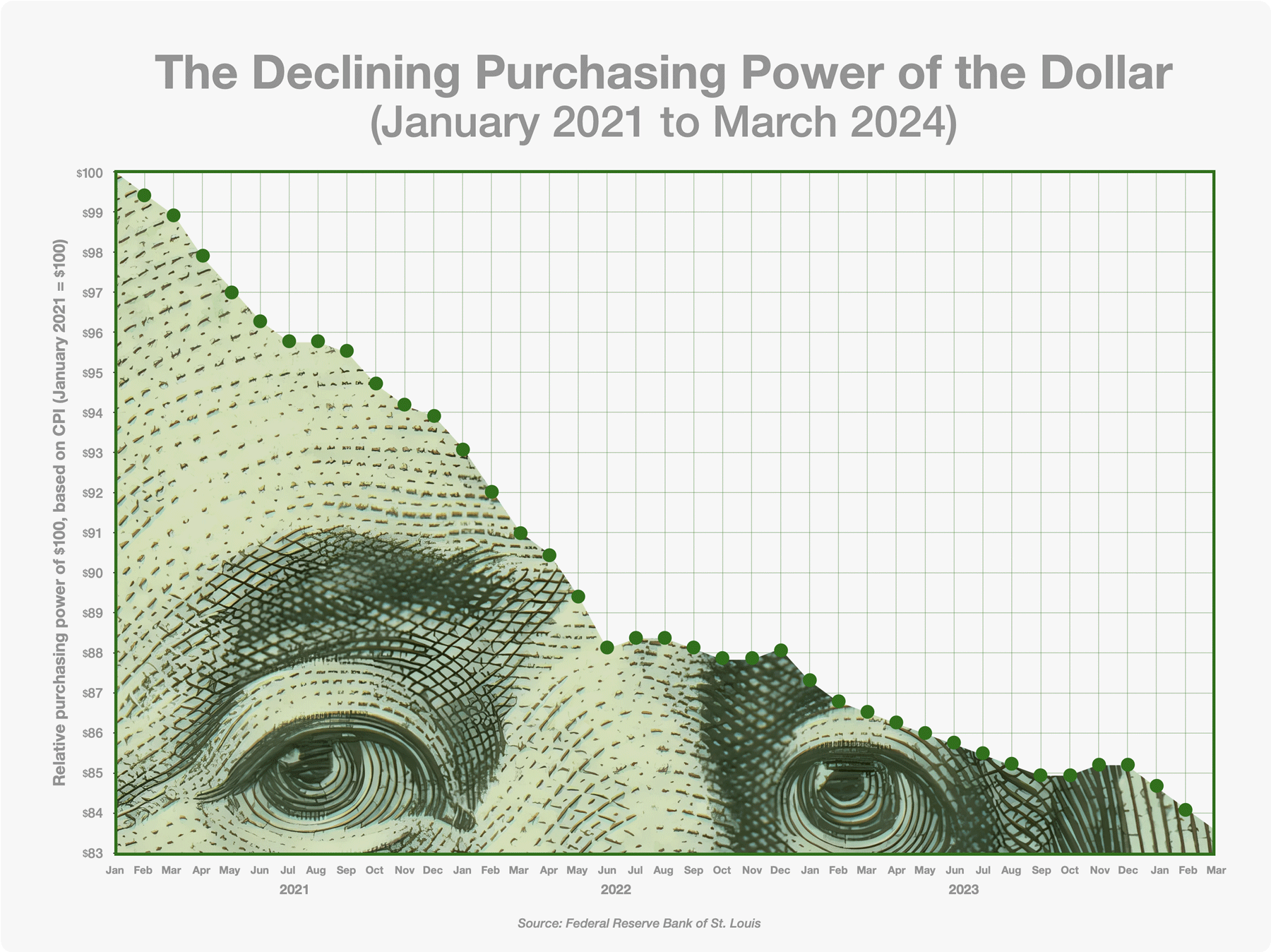By CLC Staff
Last week, UNC Charlotte economist Dr. John Connaughton gave his quarterly take on the state of North Carolina’s economy and what he sees going forward. Connaughton is the director of the UNC Charlotte Economic Forecast, recognized as the leading source of economic information for North Carolina.
He worries that inflation will persist this year and next. “It is starting to look pretty sticky and that’s something that should be a problem going forward.”
“As far as how this has affected consumers, overall, since this all began in January of ’21,” he continued, “we’ve seen prices rise essentially 20% — so what you used to get for 80 cents, now you get for a buck. That’s basically how to think about it.”
He notes that wages haven’t kept up, increasing by only 16.1% “So if you do the math on that, you’re down almost 4%, 3.8% in terms of your purchasing power on average,” he said.

According to Connaughton, the state continues to outpace the nation in terms of growth, with Gross Domestic Product (GDP) of $766,919,000, an annual average rate of 2.7% (as compared to a sluggish 1.6% on the national level). Connaughton predicts that the state’s GDP should reach a level of $857,723,000 in 2024, an increase of 3%. 2024’s increase will represent the fourth full year of growth since the COVID-19 pandemic largely shuttered the economy.
“2.7% is pretty good,” said Connaughton. “It’s partly because we’re growing as a state and that’s what’s helping us continue to push out GDP increases that are greater than what we see in the US.”
Twelve of North Carolina’s economic sectors experienced output increases last year, including: Information (12.3%), Retail Trade (9.6%), Educational and Health Services (6.5%), Transportation, Warehousing, and Utilities (5.6%), Business and Professional Services (4.3%), Construction (3.8%), and Hospitality and Leisure Services (3.7%).
Five other sectors experienced growth rates in 2023, but at levels below the overall 2.7% average annual GDP growth rate. These include: Non-durable Goods Manufacturing (1.9%), Finance, Insurance, and Real Estate (0.5%), Wholesale Trade (0.4%), Government (0.2%), and Durable Goods Manufacturing (0.2%).
Fourteen of the state’s economic sectors are expected to experience output increases next year, with the strongest growth rates occurring in Mining (7.8%), Retail Trade (6.1%), Information (5.9%), Non-durable Goods Manufacturing (5.6%), Construction (5.1%), Transportation, Warehousing, and Utilities (3.7%), Durable Goods Manufacturing (3.7%), and Business and Professional Services (3.4%).
Over the same period, Connaughton said, North Carolina added 85,800 new jobs — an increase of 1.8%. He predicts that the state will add 60,400 in 2024, an increase of 1.2 percent, and the state’s unemployment rate is expected to be 4.0 percent.
Dr. John Connaughton joined the UNC Charlotte faculty in 1978. Dr. Connaughton has authored economic impact studies that have received widespread attention. His work is frequently quoted in both local and national publications, and his study on the Superconducting Super Collider is cataloged in the United States Library of Congress.
CLC would like to express our gratitude to Dr. Mark Perry, American Enterprise Institute Scholar and Professor Emeritus of Economics at the School of Management at University of Michigan-Flint for his assistance in the creation of the above chart.



